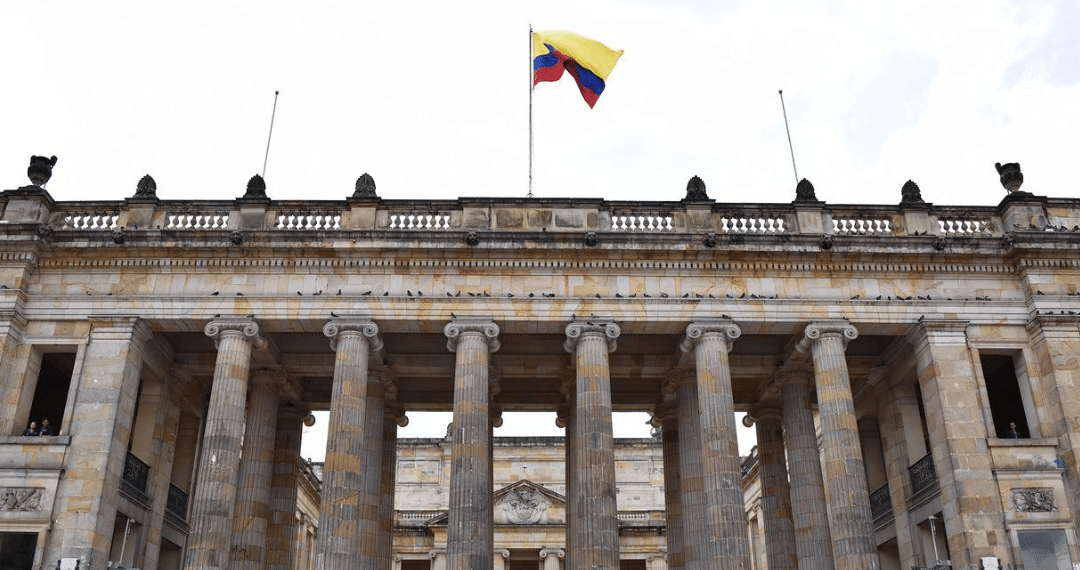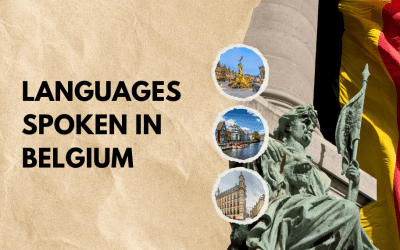Majestic mountains, green landscapes, warm people, sun-drenched beaches, and rich culture – these are only a fraction of Colombia’s treasures.
The South American country’s crown, however, happens to be its incredibly diverse and unrivalled linguistic heritage.
Columbia has a population of over 50 million people, which makes it one of the most populated countries in Latin America.
let us dive right into the languages of Colombia, Colombia being linguistically and ethnically diverse, has several indigenous tribes and languages being spoken on its territory. With more than 99.2% of the population speaking Spanish, Colombia is the third-largest Spanish-speaking country, after Mexico and the US.
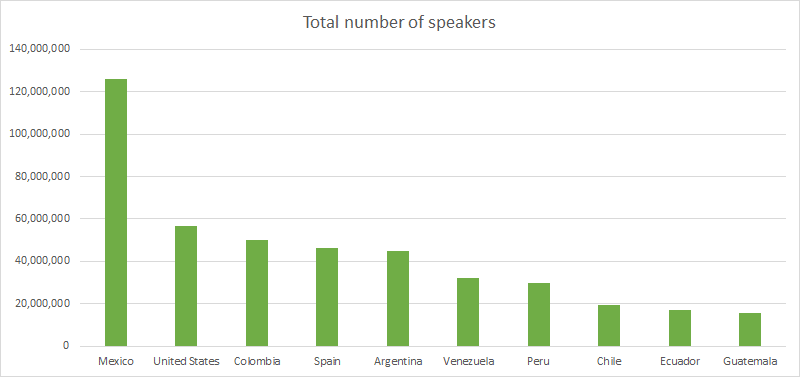
Also read: An Introduction to Universal Spanish
After a consumption boom in 2020, Colombia’s GDP expanded by 10.6% in 2021 and is expected to continue growing in the upcoming years.
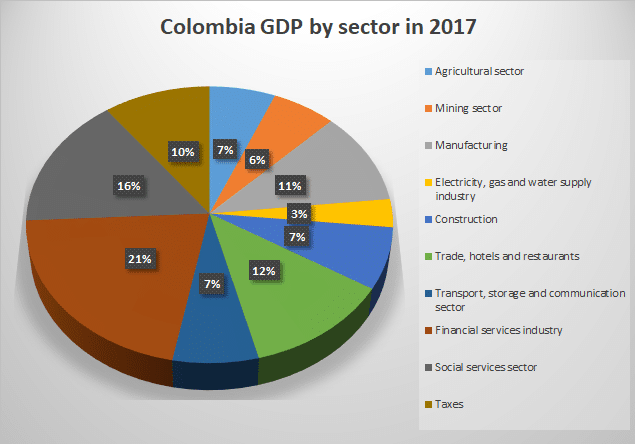
Experts forecast a 4% growth in 2022, outpacing Mexico, Peru, Brazil, and Chile. This record was induced by a record high demand in the retail sector and associated services, as well as a significant expansion in the manufacturing sector.
The local Spanish (commonly referred to as Colombian Spanish) is quite different from its European counterpart. In addition, many Spanish dialects are spoken in Colombia, each with its distinct features.
In this blog, you will out what are the languages spoken in columbia and some interesting facts about the languages of Colombia & linguistic heritage of Colombia, so keep reading!
Are you looking for translation services in Columbia?
Milestone helps you seamlessly translate content & localize your website, products, and services for more reach, better conversions, and greater sales.
History of the languages of Colombia
Let’s start with a quick overview of the history of the languages of colombia so that you can understand what are the languages spoken in Columbia and how it became the third-largest Spanish-speaking country in the world.
Pre-Columbian era
As early as 1,500 BC, the territory of Columbia was inhabited by several indigenous tribes, the most well-known being Tierradentro and San Agustin. For thousands of years, new cultures and languages emerged and disappeared.
Some of these indigenous languages of Colombia have remained until today.
Colonial-era
In 1500 the Spanish conquerors arrived at and established settlements. With their arrival, the Spanish started destroying and expelling the indigenous tribes from the territory. The Europeans brought about many diseases as well, which were unknown to the native tribes. Eventually, most indigenous tribes died out.
During the Colonial Era, the communication between the Spanish and the indigenous people was nearly impossible due to the significant differences between their languages. So, the conquers introduced the Spanish language to the local people.
They used interpreters, missionaries, and priests who learned the local indigenous languages so that they could teach the local people the Spanish language and spread Catholicism.
Another strategy to promote their language was to isolate the children of the leaders of the indigenous tribes and teach them the Spanish language and European traditions. Later on, the Catholic Church built boarding schools where Spanish was the only language allowed to be spoken.
By the 18th century, the Spanish language became the most spoken language in Columbia. Native languages were restricted to the private sphere. thus marking a predominant change in the Colombian language.
19th Century – Now
On the 20th of July, 1810, Columbia achieved independence from Spain.
Do you know what is the official language of Colombia?
In 1886, according to the Constitution of the Republic of Colombia, Spanish was declared the official language of the country.
Until 1991, the indigenous languages were deemed co-official in the regions where they were spoken.

The Spanish in Colombia
Colombian Spanish actually refers to one regional variety, spoken in the capital of the country, Bogotá. The Bogotá Spanish is deemed the most elegant Colombian variety of all due to its musical intonation and clear pronunciation.
The primary institution responsible for promoting the Spanish language is located in Bogotá and is called the Caro y Cuervo Institute.
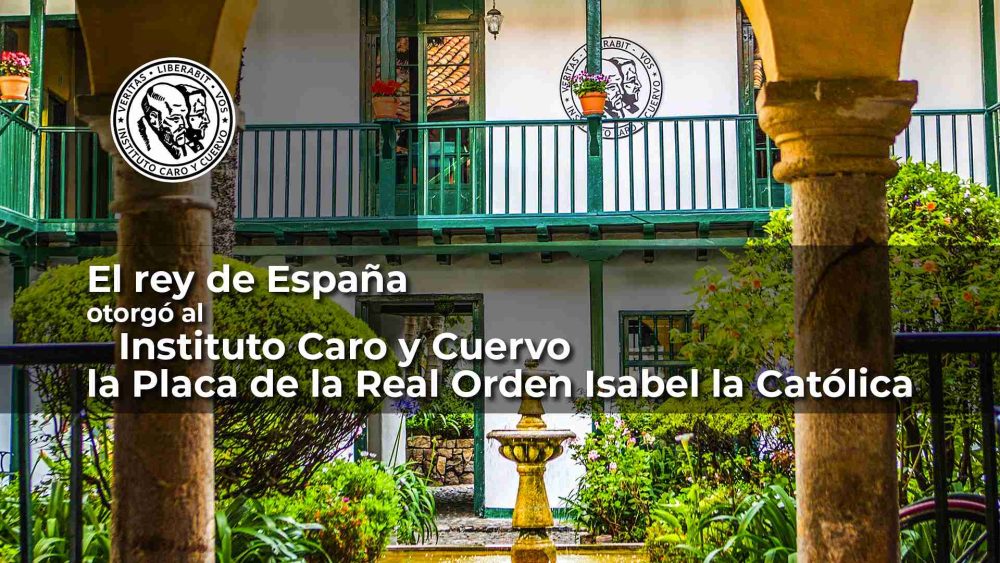
There are many dialects of Spanish spoken throughout Colombia. Each of them has its distinct features. Generally, all these dialects can be divided into groups, depending on their origin, distinct features, and location.
Dialects of Colombian Spanish
As you already know, there are different varieties of Spanish spoken in Columbia, and they can be divided into 11 broad groups, depending on their geographical origin.
Paisa
This is probably the most well-known dialect and is spoken in the coffee-growing region, including Antioquia, Risaralda, Quindío, and Caldas. Its most distinctive feature is its intonation – the end of a sentence is pronounced with a peculiar rising and falling intonation. What’s more, the /s/ is pronounced like /sh/.
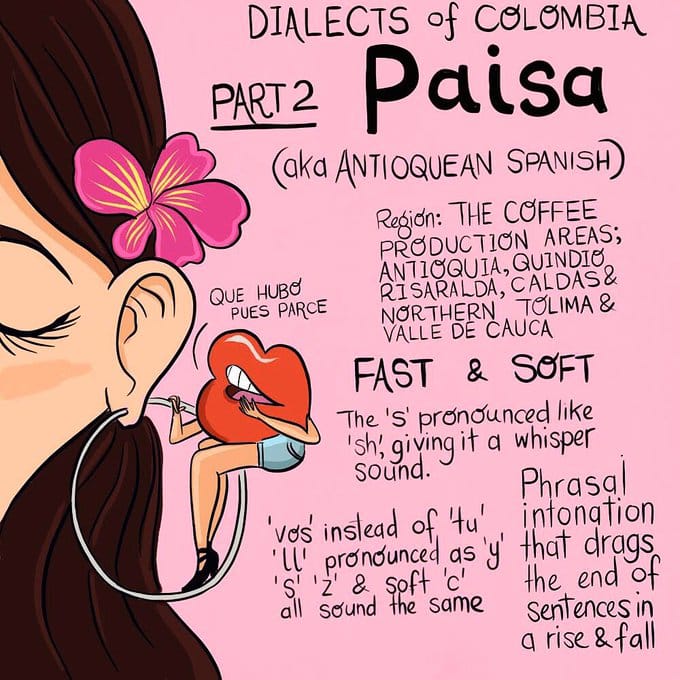
Cundiboyacense
This dialect is primarily spoken in the Cundinamarca and Boyacá plateau. It is one of the oldest dialects, dating back to the Colonial Era. Speakers of this dialect often refer to others as “sumercé,” which stems from “su merced,” meaning “your grace.” This expression is now used similarly to the pronoun “usted.”
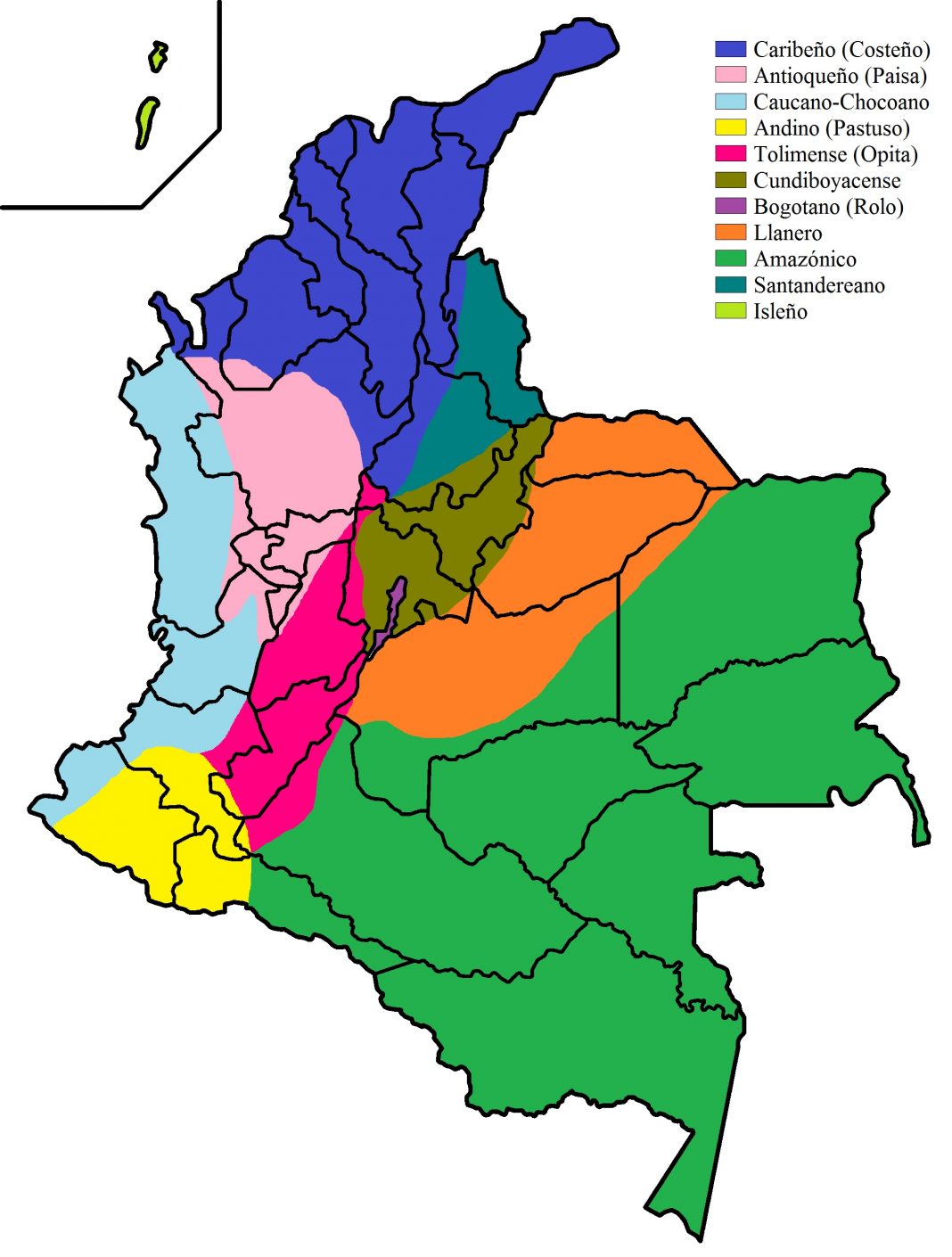
Valluno
Valluno is mainly spoken in the Río Cauca valley. A prominent feature is the use of the jejeo or the change of a /s/ sound placed in between vowels to sound /h/. Hence, “necesitar” becomes “nehesitár.” Oddly, in any other case /s/ sounds are pronounced very prominently. In addition, the /n/ sound at the end of a sentence is often pronounced as an /m/: “tren” is pronounced as “trem.” Common expressions in Valluno are “pachanga” (party) and other filler words such as ¡mirá ve! or ¡ve!.
Costeño
Costeño is a broader classification of all the accents from Cartagena, la Guajira, Barranquilla, as well as the interior coastal regions. The most characteristic features are the omission of final consonants and the change of /s/ to a weak /h/ sound at the end of a syllable. Hence, “fósforo” is pronounced as “fo’foro.” In addition, in this dialect, people use the informal pronoun “tu” even in more formal situations (instead of “usted”).
Santandereano
Spoken in Santander and Norte de Santander, the Santandereano dialect is characterized by its staccato speech, making its speakers sound angry all the time. This dialect also uses the pronoun “usted” in any situation, while the pronoun “tu” can be rarely heard.
Llanero
This dialect can be heard in the Colombo-Venezuelan plains. Its vocabulary differs considerably from most Columbian Spanish dialects due to the huge influence of some native languages. Indeed, Llanero is a dialect that contains a huge number of native words.
Pastuso
This dialect is closer to the Spanish spoken in Peru, Ecuador, or Bolivia than to its Columbian variants. It is also hugely influenced by the indigenous language Quechua. For instance, “achachay”, meaning “cold,” and “cuiche,” meaning “rainbow.” Other features include weakened vowels and more emphasis on consonants.
Rolo or Cachaco
Rolo is mainly spoken in Bogotá and is characterized by its formality and the use of the pronoun “usted” (instead of the pronoun “tu”) even among close friends and family. In addition, in this dialect, all letters are pronounced.
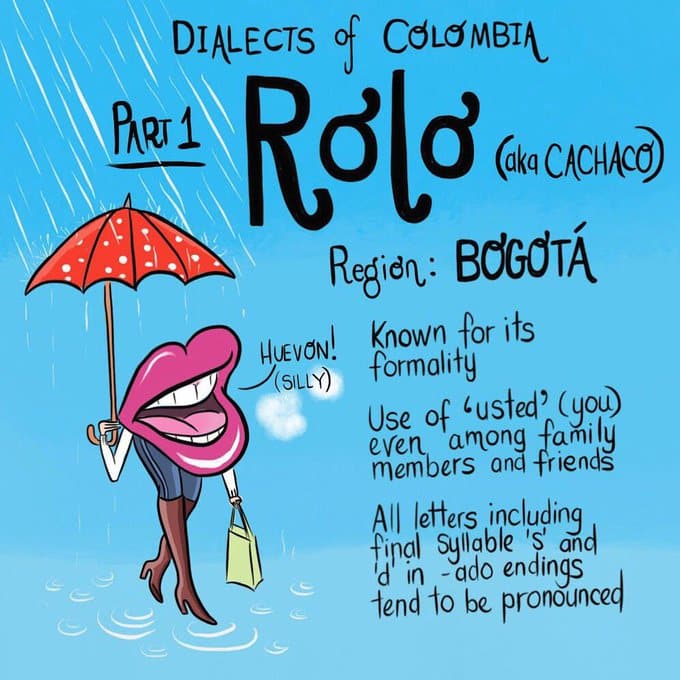
Opita
In Tolima and Huila people speak Opita. The most prominent feature of this dialect is its slow way of speaking. What’s more, diphthongs are often changed, so “pelear,” for instance, turns into “peliar” or “peor” becomes “pior.”
Chocuano
The Colombian Pacific coast is heavily influenced by Africa and is rather isolated. As a result, the unique dialect of Chocuano has developed. Its rhythm and intonation resemble the local indigenous languages. In addition, the final /s/ is usually omitted. For instance, “estos señores”becomes “esto señore.”
Connect With Colombian Customers In Their Native Languages.
Milestone helps you seamlessly translate content & localize your website, products, and services for more reach, better conversions, and greater sales.
Get in touch with us for a special discount.
Colombian vs European Spanish
There are quite a few differences between the Colombian Spanish dialects and the European Spanish. Here are the main ones:
- All Colombian Spanish dialects have this one feature in common – the merging of /θ/ with /s/. In European Spanish, these are two separate sounds. However, in Colombia, you will hear people pronouncing “cazar” (“to hunt”) and “casar” (“to marry”) the same way.
- Similar to most Latin American dialects, Colombian Spanish merges /ll/ into /j/. So, Colombian people would pronounce the /ll/ sound in Seville as the word “yate” (“yacht”).
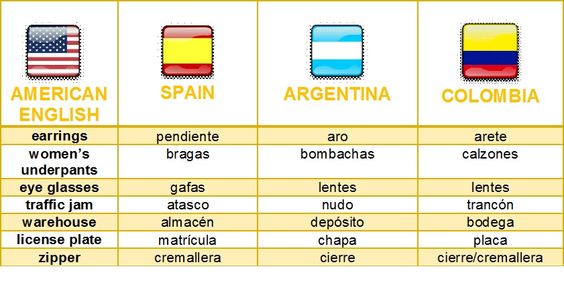
- In European Spanish, “usted” (or “vos” in plural) is a second-person singular pronoun used only in formal situations, while “tu” is used for close friends and family. In Colombian Spanish dialects, this distinction does not exist, and most people use “usted.”
- Colombians like to use diminutive forms of the words – something European Spanish speakers rarely do. So, in Columbia people would say “gatito” (“little kitty”), “ay mi amorcito” (“my sweetheart”), or “Tomaste el chocolatito?” (“did you take a chocolate?”).
Colombian Spanish vs. Mexican Spanish
Colombian and Mexican Spanish share common roots in European Spanish, yet they are quite different.
Although Mexican and Colombian Spanish speakers can understand each other, these two varieties are not mutually intelligible to a very high degree.
However, a Mexican Spanish speaker can easily recognize a Colombian one.
For example, there are some rather stylistic differences:
- Colombians use the diminutive ending -ico, while in Mexico they use the ending -ito.
- In Colombia, people use the pronoun “ustedes” much more commonly than “tu.”
- Colombians say “Ciao” when they leave, whereas in Mexico they say “hasta luego.”
- The most widely used filler word in Colombia is “pues,” while in Mexico you can hear people saying “guey.”
The biggest difference, however, between Colombian and Mexican Spanish is in the vocabulary. For instance, in Colombia, “soda and popcorn” is “gaseosa y crispetas,” while in Mexico people say “refresco y palomitas.” Another example is the word for “buddy” – Mexicans will say “carnal,” while Colombians use the word “parcero.”
As you can see, Colombian and Mexican Spanish are not as similar as one might think.
English in Colombia
Generally, Columbian people have very low proficiency in English. Although English is part of the curriculum of all primary schools in the country, not many people can speak it. According to statistics, around 1.2 million people, or only 3% of the Colombian population can speak English.
What’s more, bilingual schools and private English courses are too expensive, and most Colombian people cannot afford them.
English has official status in the Providencia, San Andrés, and Santa Catalina Islands due to its importance to the local culture.
In conclusion
Colombian people are very proud of their culture and language, especially when it comes to the local Spanish dialects since they mark their identity and belonging. Thus, if you want to show that you care for your Colombian customers, it is best to translate your content into Colombian Spanish.
Due to its diversity, however, Colombian Spanish can be a real challenge! Attention to the tiniest of details is essential to ensure that no errors occur in the end translation. Only professional translators who have native fluency in the local dialects can handle such translations.
Also read – Spanish Localization: Should you Localize into LA or European Spanish
Connect With Colombian Customers In Their Native Languages.
Milestone helps you seamlessly translate content & localize your website, products, and services for more reach, better conversions, and greater sales.
Get in touch with us for a special discount.
FAQS ON Languages of Colombia
What is the official language of Colombia?
Spanish is the official language of Colombia, as declared by the 1886 Constitution. It is the most widely spoken language, although the country recognizes several indigenous languages in the regions where they are spoken.
How is Colombian Spanish different from other Spanish dialects?
Colombian Spanish is known for its clarity and musical intonation, particularly the Bogotá variety, which is considered the most elegant. Colombia has various regional dialects, each with unique features, such as the Paisa, Costeño, and Valluno accents.
What are some unique features of Colombian Spanish dialects?
Different dialects in Colombia feature distinct pronunciations and vocabulary. For example, in the Valluno dialect, the /s/ sound is often replaced with an /h/, and the /n/ sound is pronounced as /m/ at the end of sentences.
How has the history of Colombia influenced its languages?
The arrival of Spanish colonizers in the 1500s led to the widespread adoption of Spanish, which became the official language by 1886. While many indigenous languages were suppressed, some have persisted in Colombia, contributing to its linguistic diversity.
Is English widely spoken in Colombia?
While English is taught in schools, only about 3% of Colombians are proficient in the language. It is more commonly spoken in bilingual schools or tourist areas. However, outside of these regions, English proficiency is quite low.
How many indigenous languages are spoken in Colombia?
While Spanish is the dominant language, Colombia is home to over 60 indigenous languages, many of which are still spoken today, especially in rural areas. These languages reflect the cultural and linguistic heritage of Colombia’s native tribes.

